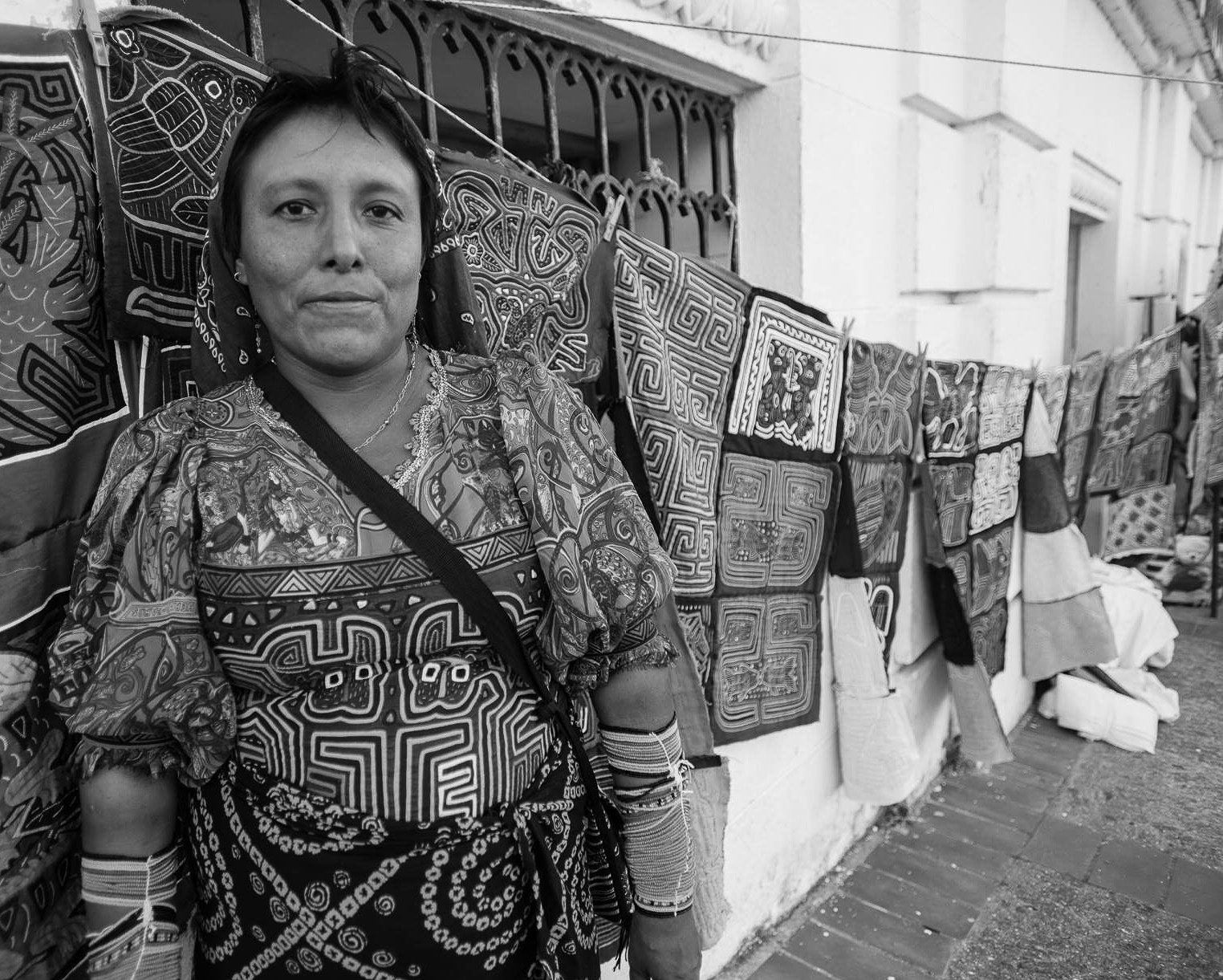Panama - For richer or poorer

Wealth and poverty. It is all on display in the small Central American country of Panama. During a recent trip to see the Panama Canal and gauge the progress of its expansion, wealth and poverty were the stark contrasts, a situation that is shared by many other Latin American countries.
The flight into Panama City reveals what most wouldn’t expect in Central and South America. Skyscrapers and a bustling modern metropolitan area. A tour guide boasted that Panama City has 109 skyscrapers — more than other major South American cities like Sao Paulo and Rio de Janeiro, Brazil. It even has more skyscrapers than Los Angeles, Seattle, Miami, and Houston. But like many cities, the gleam of the skyscrapers doesn't always illuminate the struggles that are happening on the streets below.
The main economic driver of the country is the canal — a system of locks that have allowed large ships to navigate a north and south route stretching 51 miles through Panama safely. The route that shaves time and saves money for precious cargo. For instance, ships sailing from New York to San Francisco can save 7,872 miles instead of going around Cape Horn in South America.
Much of the cargo is either destined for or originates from the United States. In fact, 70 percent of the cargo passing through the canal falls in that category.
It is often said that money breeds money and in Panama's case that is just the beginning. The 109 skyscrapers are a result of foreign investments in the country since Manuel Noriega’s dictatorship ended in 1989 and the Panama-U.S. Free Trade Agreement was signed in 2012. More than 100 branches of multinational enterprises including Caterpillar, BASF, Philips, Adidas and Trump International call the country home.
But life stays stagnant for the people in the shadows of the skyscrapers. Neighborhoods near Casco Viejo, the historical beginning of Panama City founded by the Spanish in 1673, can’t hide the poverty that is prevalent. It's a place that is optimistic for change but content with life. In many ways the situation of the people mirrors the geography of their neighborhoods. Stuck between the old city center of Panama and the booming skyscrapers across the bay. With wealth just out of reach.
What will help the poorest of the poor in Panama? The outside fortunes of investments continue to help, and a stable government with leaders that are focused on helping all citizens of Panama can go a long way. As I watched shipments of grain pass through the locks of the Panama Canal, I know that the American farmer is doing their part by utilizing the waterway to move their 600 million bushels of soybeans every year.
The toll money paid to the Panamanians for the service of the canal continues to churn a democratic economy that is lately turning its attention to not only expanding the canal for the future but also to helping citizens that have yet to see the benefits of the strong economy. With the more than $5.25 billion investment for the expansion of the canal, the Panamanian government has also dedicated money to improve conditions in provinces like Colon that have seen economic declines and rising poverty for much of the past 50 years. Colon is the port and canal entrance on the Caribbean or Atlantic side of Panama. The area is part of a massive restoration project that began in 2014. The focus is in restoring historic buildings, roads, parks and building housing.
There’s economic evidence that things are getting better for the citizens of Panama. According to Trading Economics, the unemployment rate decreased to 2.50 percent in 2015 from 4.10 percent in 2013. The highest recorded rate was at 16.30 percent during the time period between 1982 and 2015.
Will the light of Panama's economy shine through the shadows and illuminate the country? If the successful expansion of the canal is an indication Panama's economy will continue to thrive and so will their democracy. With some experts predicting unemployment rates trending around 2.06 percent in 2020. The combination of the expanded canal as an economic driver and low unemployment rates will help all of Panama's citizens enjoy the wealth it creates.
Originally published for the Iowa Soybean Association
For more than two decades, Joseph L. Murphy has had the pleasure of meeting and connecting with people from all walks of life through photography. He has photographed presidents and heads of state, traversed the winding alleyways of the Fes Medina in Morocco, photographed the sprawling countryside and people that make up Argentina and covered events that have defined the U.S. Most recently, Murphy’s travels have taken him to Cambodia, Mexico, China, Vietnam and Ecuador.
He has spent the past 20 years specializing in agriculture photography for multiple organizations, publications and marketing projects.
A graduate of the University of Iowa, Murphy determined at an early age that his love of photography would shape his vision for life.




